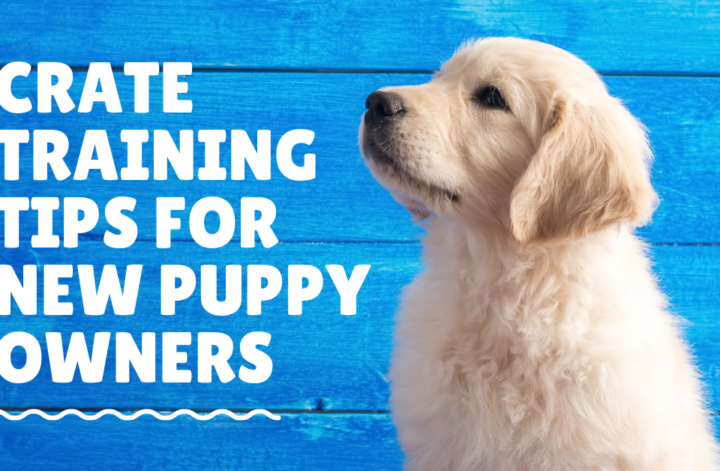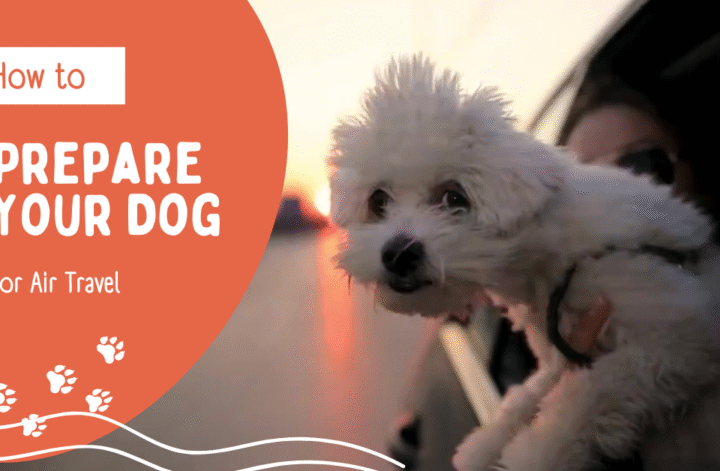The most important aspect of crate training for puppies is their proper upkeep. It’s a good choice for owners who need to take their puppy out on their own for errands and to ensure their safety.
There are several aspects to pay attention to:
1. Safety and Protection: A crate is a great way to keep your puppy safe and stop them from getting into trouble with your furniture, shoes, or other household items.
2. Speeds Up Training: Crate training is super helpful for housebreaking and makes it easier to set up a consistent routine.
3. Temporary Shelter: When guests come over or during travel, a crate can be a cozy and secure spot for your puppy.
4. Comfort in New Environments: A crate can help your puppy feel more at ease in new and unfamiliar places.
5. Private Space: Every dog deserves a little sanctuary to call their own, and a crate is just the right solution for that.
Choosing the Correct Crate for Your Puppy?
There are various kinds of crates, such as metal and plastic ones. To ensure a positive response, the crate must be sturdy yet secure and comfortable in order to meet your puppy’s needs. A crate that is large enough to allow your puppy to stand up, turn around, and lie down without being too big for a corner? That’s important.
From the nose to the tail, measure approximately four inches long to make your puppy. From the floor to the top of their head, measure their height while sitting and add four inches for height.
Secure Lock: Ensure that the crate has a sturdy lock to keep your puppy secure.
Building Positive Connections with the Crate.
Successful crate training involves creating a comfortable and positive environment for your puppy.
To get your puppy to play, start off by throwing treats and toys into the crate. Don’t forget to label them as chewy items too. Leave the door unattended and allow them to enter.
Prep in the Crate: Put your puppy’s bowl in it to make a good bond. The crate can be made more comfortable by adding a soft bed or blanket. If an accident occurs, use materials that can be washed. Limit the amount of water in the crate: don’t leave it in for too long. Give your puppy water once it’s out of the crate. Keep your puppy safe with these secure toys in the crate.”
Getting your puppy to the crate.
– After your puppy feels at ease entering the crate, hold off for a few seconds before closing the door.
– Short breaks: Start by shutting the door briefly, then open it and give your puppy treats and praise. edu.
– Gradually reach 15 minutes. To ensure your puppy feels safe, stay in the room while they are in their crate. The practice of leaving the room gradually increases. The time frame ranges from five to ten minutes, with additional periods lasting longer.
A regular schedule is necessary for crate training of puppy cages.
Place the crate near your bed to hear your puppy if they need to go outside during the night. This is an important precaution for their sleep. Due to their limited bladder retention of about an hour per month, puppies have established alarms for nighttime breaks. Start your day with your puppy by taking them outside to relieve themselves. Give your puppy 5 to 30 minutes to run around after consuming water and meals to encourage them to pee.
Crate training is a crucial aspect of raising. To ensure a successful crate training experience for your puppy, you must select the correct type of crate to use, as well as establish uplifting relationships and follow adherence to standardized schedules. Keeping track of time and consistency is crucial for success!




